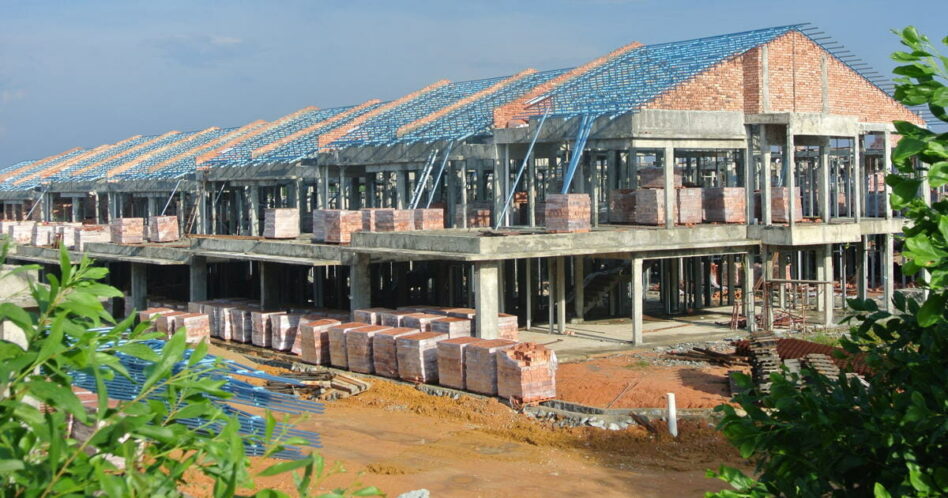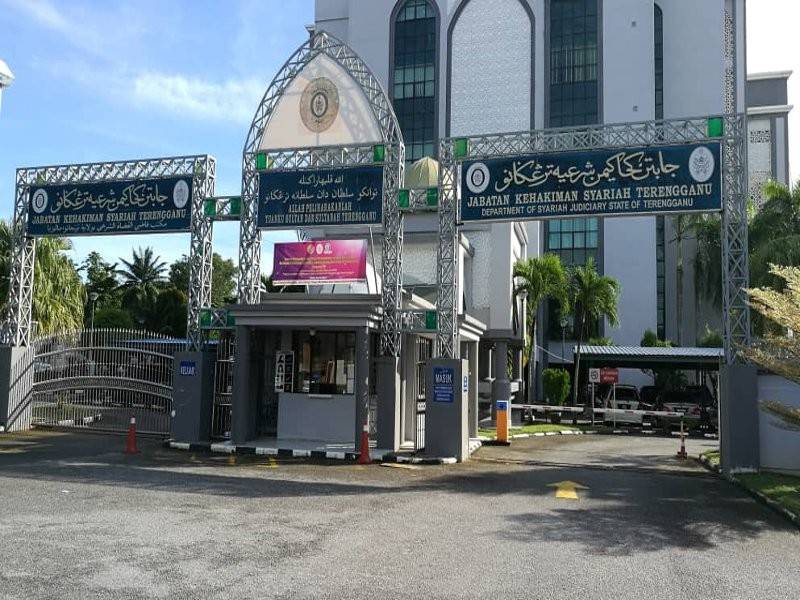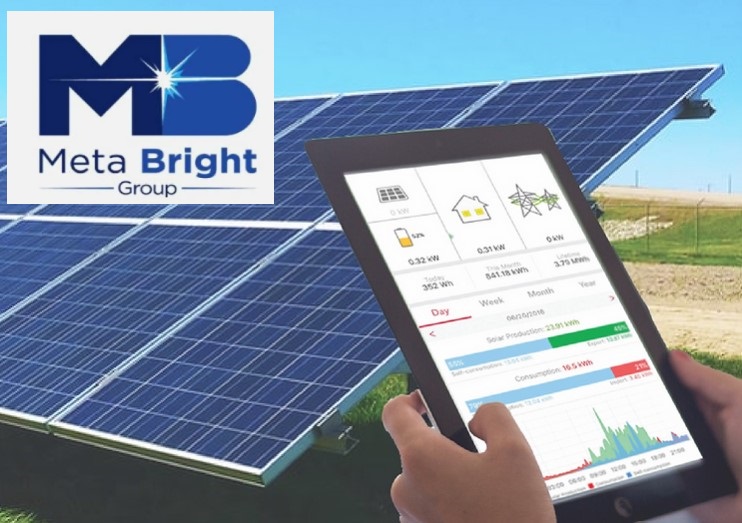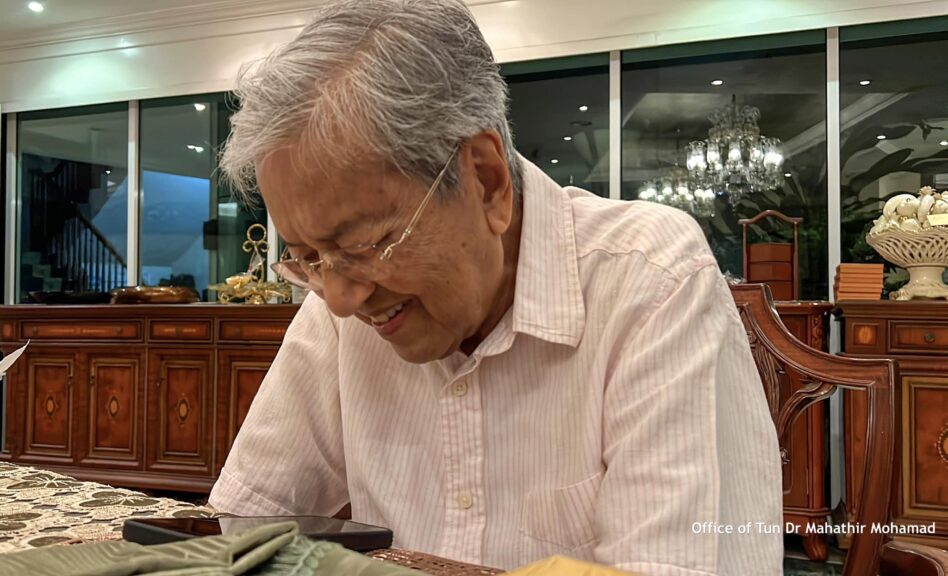THE National Immunisation Programme (NIP) is likely to extend well into 2022 given immunological uncertainties such as potential reduction of vaccine effectiveness against Delta and future variants, waning immunity, uneven levels of protection from different vaccine types and high infectivity rate of variants.
Accordingly, we need to ensure a high level of vaccination readiness and conduct the necessary studies to better inform ourselves on the state of the health crisis.
Therefore, the NIP is proposed to be increased from RM5 bil in year 2021 to RM6.11 bil for 2022.
Key components that should be increased would have to be vaccine procurement, post-immunisation surveillance, outsourcing of private medical practitioners, and contingencies.
Infrastructure for data integration systems has been established, and therefore, the allocation for next year sees a reduction, although some upgrades are required.
Other components of the NIP may be maintained, resulting in a net increase of RM1.11 bil.
The sub-items worth RM3.5 bil allocated for vaccine procurement and logistics (for COVID-19 vaccine portfolio) may not (in 2021) account for vaccines such as Sputnik V and CanSino, and it is prudent to allocate for boosters and/or updated vaccines.
With more vaccines approved under the National Pharmaceutical Regulatory Agency (NPRA) and the potential for more nucleotide-type vaccines over deactivated vaccine types, a higher overall cost is expected.
Therefore, an additional RM1 bil is proposed to be allocated under this sub-item, raising it to RM4.5 bil.
Moving forward, the Government should embark in decentralisation strategies through designation of general practitioner (GP) clinics nationwide and private hospitals as vaccination centres.
There is a need to consider costs of equipping select GPs with the necessary storage and handling capacity for certain types of vaccines, while mega vaccination centres (PPVs) could be reserved for special circumstances.
In an endemic stage where people have a higher chance to be infected sooner or later, some of these people may have health risk factors that they are not aware of which could push their symptoms to more severe stages.
Thus, it is crucial to have locally-assigned GPs to monitor positive cases within its vicinity to avoid unattended disease progression which could have contributed to the higher brought-in-dead cases recently.
These should also be the same GPs empowered for future vaccination and health crises.
The previously allocated RM210 mil for outsourcing private medical practitioners is proposed to be increased by RM40 mil.
The previous allocation of RM15 mil for post-immunisations surveillance appears to be vastly under-budgeted.
Therefore, it is proposed that both genomic analysis and serological studies be increased to 3% of cases (from the previously targeted 1%), as it is important to understand immunological uncertainties of natural and vaccine-induced immunity, and viral variants.
This is crucial to inform validity of vaccination certificates and may provide information for vaccine procurement strategies, better treatments for severe cases and prevention of disease progression.
Given its great importance, an increase of RM45 mil should be considered, bringing the budget allocation to RM60 mil as the increased throughput has to be met with significant laboratory capacity upgrades.
Some part of this should be allocated for the monitoring of other virus reservoirs (paediatric and zoological).
Allocations for rental and utilities for halls amounting to RM333 mil was for a total of 600 vaccination centres (PPVs).
Although it is expected that there would be a reduced rental cost in line with the reduced number of mega PPVs, the distributed logistics for special vaccines and for the empowerment of GPs may offset this.
Moving forward, school halls should be used as “mega” PPVs if need be, which should have no rental costs, and far cheaper utilities costs.
The allocation for year 2022 of RM50 mil is proposed for the revival (and potential overhaul) of the advanced predictive Hotspot Identification for Dynamic Engagement (HIDE) system, and upgrading MySejahtera application with better contact tracing technology that could also be useful in future outbreaks.
Upgrading MySejahtera with a “MyGP” function should also be considered as part of the decentralisation strategy for community-level healthcare monitoring and provision by local GPs or designated healthcare professionals.
Based on the experience in 2021 and considerable future uncertainties, RM50 mil worth of additional allocation is proposed for contingencies, bringing it to RM160 mil, subject to the Finance Ministry’s approval.
Thus, the net impact on the budget allocation for the NIP in 2022 is an increase of RM1.11 bil, bringing the total budget to RM6.11 bil.
The previous commitment to Covax should also be revised, and the authorities should re-examine if further commitments in 2022 would be warranted or not, based on the experience.
It was previously estimated to cost RM3 bil, which is a substantial amount that could be re-allocated to increase allocations in the NIP, or in the healthcare budget under the Ministry of Health. – Sept 17, 2021
Ameen Kamal is the Head of Science & Technology at EMIR Research, an independent think tank focused on strategic policy recommendations based on rigorous research.
The views expressed are solely of the author and do not necessarily reflect those of Focus Malaysia.










